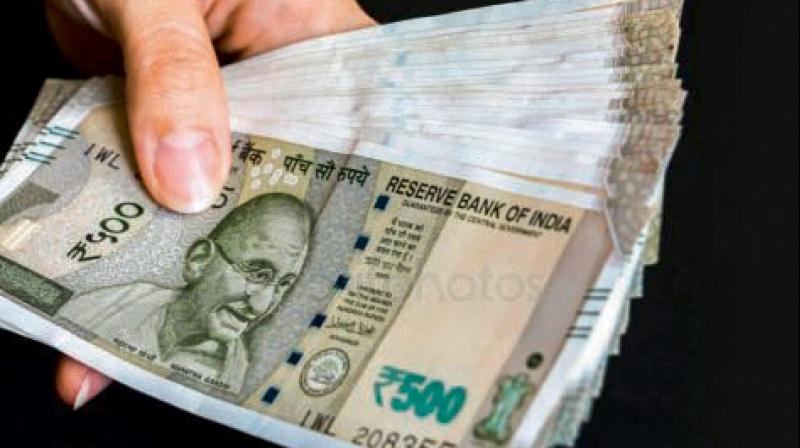DC Edit | Headwinds in economy are a challenge for India

The Central government’s decision to all but ban wheat exports, just days after Prime Minister Narendra Modi himself declared India’s intent to feed the world, shows the gravity of rising inflation, which was swept under the carpet to boost the Covid-hit economic growth.
While the Reserve Bank of India (RBI) expressed concern about rising inflation, the government did not show any signs of worrying about price rise. However, the export curbs, which were imposed merely a day after the retail inflation — measured through the Consumer Price Index — shot up to an eight-year-high of 7.79 per cent, reflecting the panic among the top decision-makers in the government.
Housing, cereals and transportation have nearly one-third weightage in the calculation of the retail inflation. The rise in housing costs still remained stable at 3.47 per cent, but the prices of cereals and transportation, which have over 18 per cent weightage, rose by 5.96 per cent and 10.91 per cent, respectively, in April. The inflation in cereals in villages, in particular, is more pronounced at 6.38 per cent. A decline in wheat output because of an unprecedented heatwave and global demand for Indian wheat could have set fire to prices.
There were reports of government officials suggesting an increased supply of rice in the Public Distribution Scheme (PDS) while allowing farmers to reap the dividend of the global wheat shortage. However, the realisation must have dawned upon the officials that people won’t accept the change in their meal so happily, which could reflect in the Electronic Voting Machines.
Food inflation is the last thing that the government wants to spiral out of control, especially in the wake of the worsening spectacle of the rupee, which hit an all-time low of 77.625 against the dollar last week. Despite India holding the highest foreign reserves since 1947, the rupee bore the brunt of several adverse foreign events, which are beyond the control of the Indian government. The factors that are weakening the rupee are higher crude oil prices, tightening global monetary conditions, geopolitical uncertainty, and global food shortages.
The domestic supply-side inflation is also putting pressure on the rupee as it diminishes the return on investment and scares away foreign investors, especially when the economic growth is not attractive enough. According to the RBI, the Indian economy is projected to grow at the rate of 7.2 per cent in the current financial year, which is not by any measure a relief from inflation that was projected to be hovering around 5.7 per cent.
Adjusted to inflation, the economic growth rate would be merely 1.5 per cent, which is hardly more attractive to foreign investors than a 2.93 per cent yield that the 10-year US treasury bills give. The result could be seen in foreign portfolio investors selling Rs 1.48 lakh crores worth stocks in the calendar year 2022 and the decline of foreign reserves to $595.95 billion — the lowest since March 2021 — an erosion of $47 billion since September 2021.
The writing on the wall is, therefore, clear. The Indian economy cannot remain unaffected when the entire world is in the doldrums. However, it is precisely these circumstances that really test the mettle of the leadership, for anyone can navigate the ship when the wind is favourable.

